Breaking News: Space Debris Hits Close to Home
A recent incident involving a Boeing 737 that was forced to make an emergency landing after a mysterious object cracked its windshield has raised concerns about the growing risk of flights being hit by space debris. According to estimates by the European Space Agency, about three pieces of old space equipment, including defunct satellites and used rockets, fall into Earth's atmosphere every day. This number is expected to increase significantly by the mid-2030s, with dozens of pieces of space junk potentially entering the atmosphere.
The incident occurred on October 15th in Utah, where the plane was cruising at 36,000 feet when the object struck its windshield. The pilots were forced to make an emergency landing, but fortunately, no one was injured. The exact nature of the object is still unknown, but it is believed to be a remnant of a weather balloon.
The immediate impact of this incident is being felt across the aviation industry. Airlines and regulatory bodies are taking a closer look at the risk of space debris and its potential consequences for commercial flights. In response, the Federal Aviation Administration (FAA) has issued new guidelines for pilots to report any incidents involving space debris.
The growing risk of space debris is linked to the increasing number of satellites in orbit. Currently, around 12,900 active satellites circle the planet, but this number is expected to reach 100,000 in the next decade. To minimize the risk of orbital collisions, operators are guiding old satellites to burn up in the atmosphere, a process known as "de-orbiting."
The background context for this growing concern is the rapid expansion of the satellite industry. With the increasing demand for satellite-based services, including internet connectivity and navigation, the number of satellites in orbit is expected to skyrocket. This has raised concerns about the long-term sustainability of space exploration and the potential risks to both people and the environment.
As the industry continues to grow, what happens next will be crucial in mitigating the risks associated with space debris. Regulatory bodies, industry leaders, and researchers are working together to develop new technologies and strategies to address this issue. This includes the development of more advanced tracking systems and de-orbiting techniques. The goal is to ensure that the benefits of space exploration and satellite-based services are realized while minimizing the risks to people and the environment.
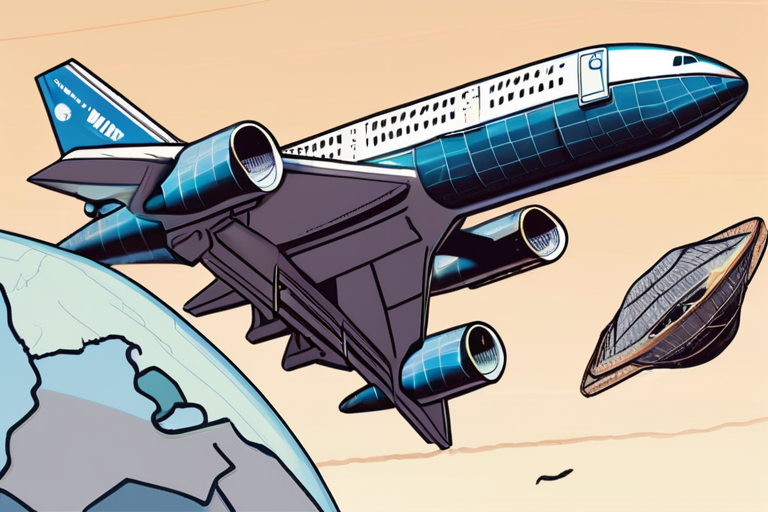


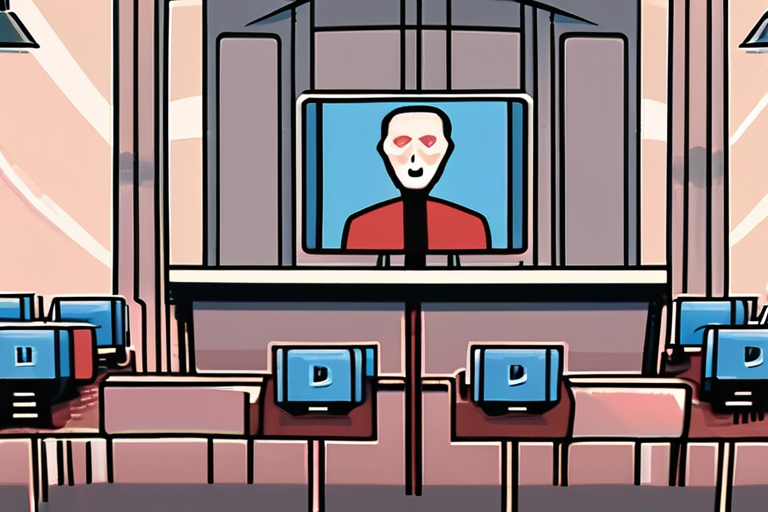


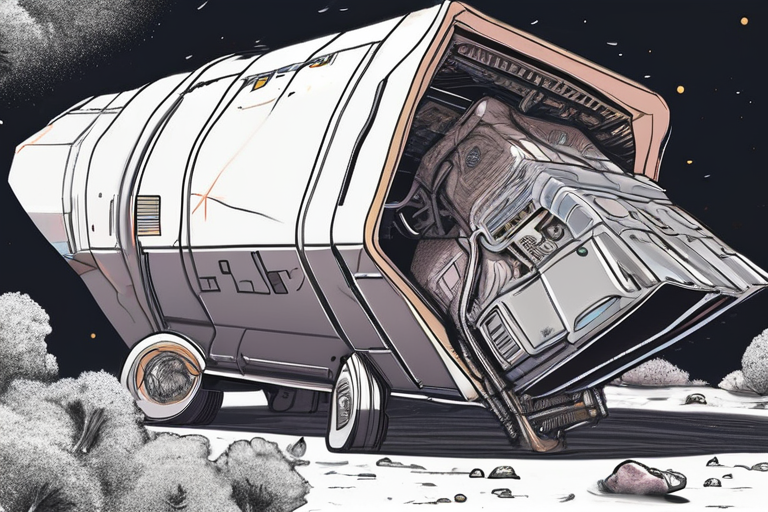
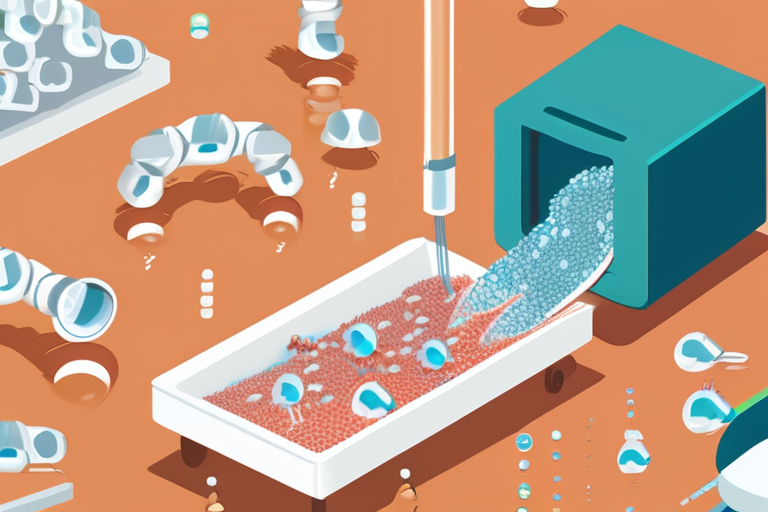

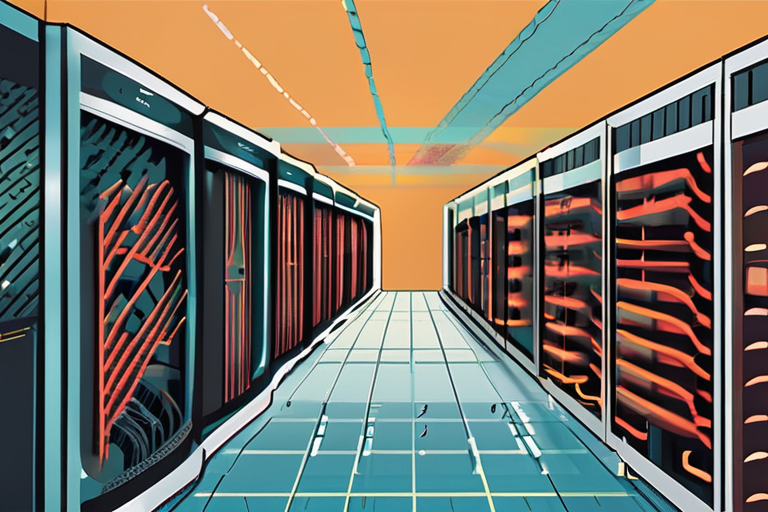

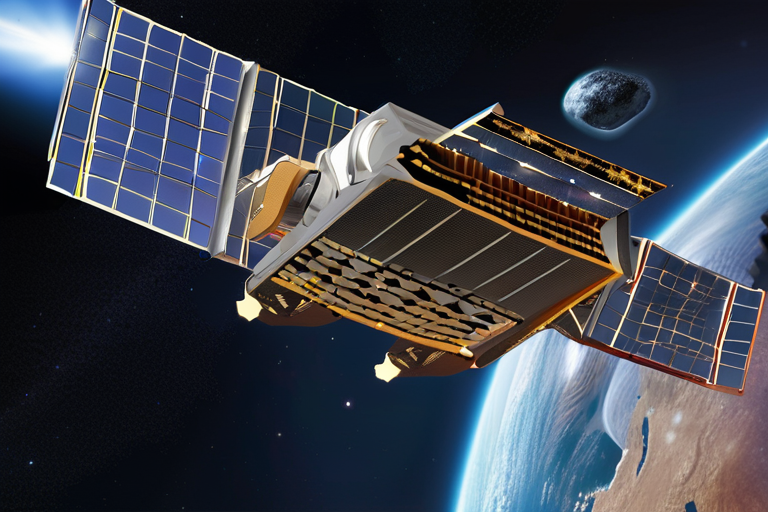
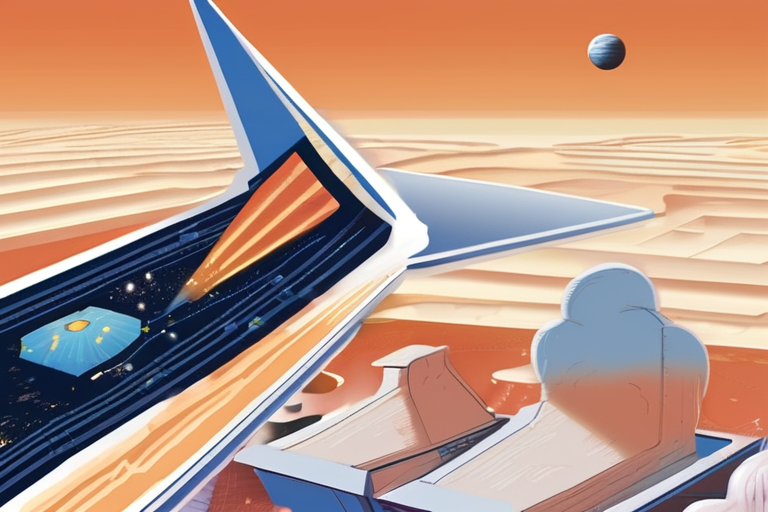
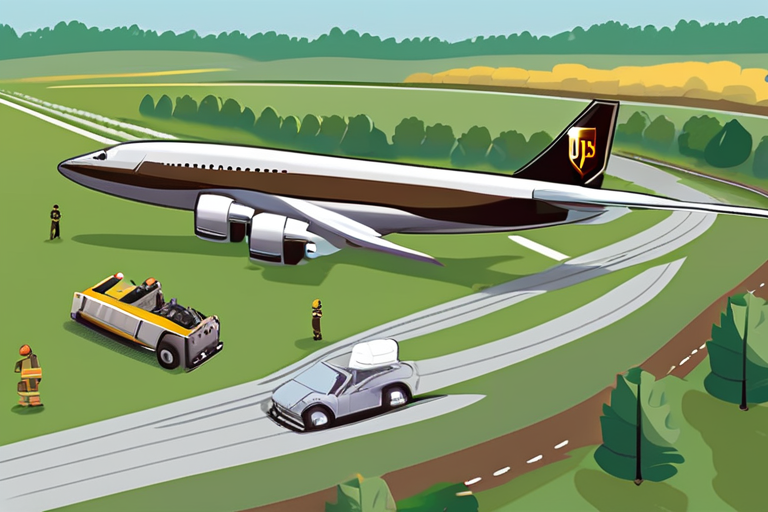
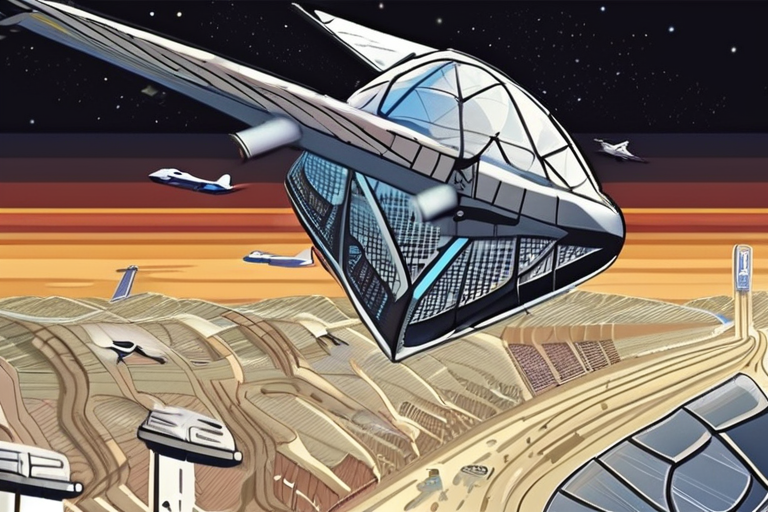
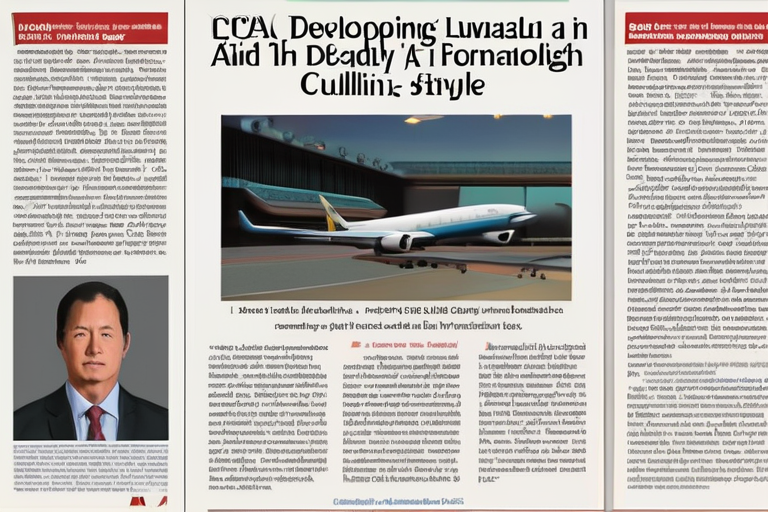
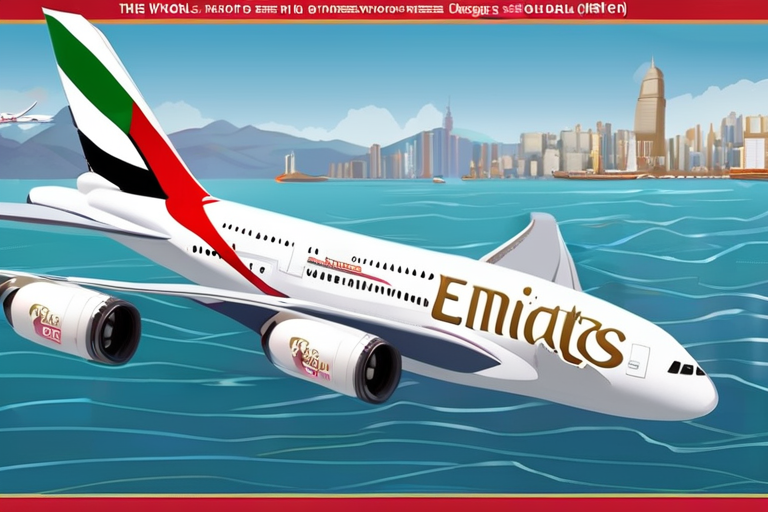
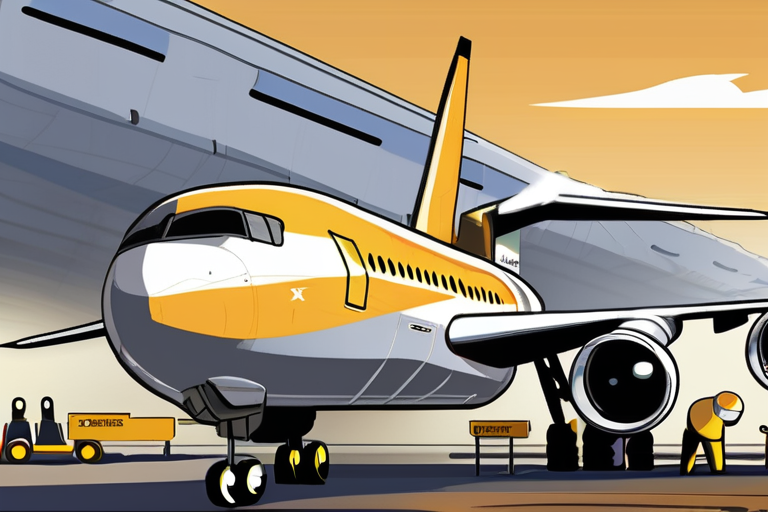
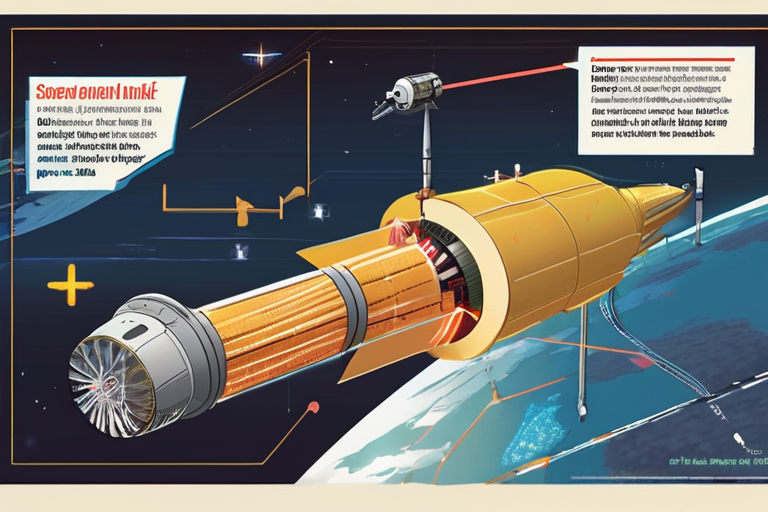



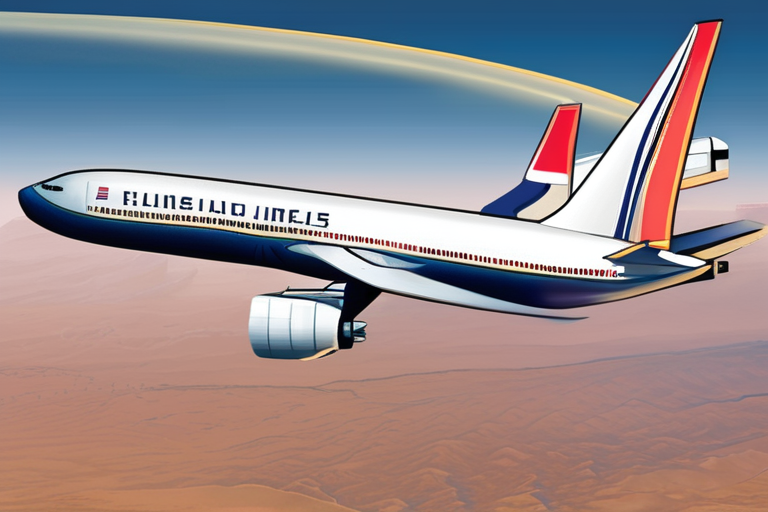



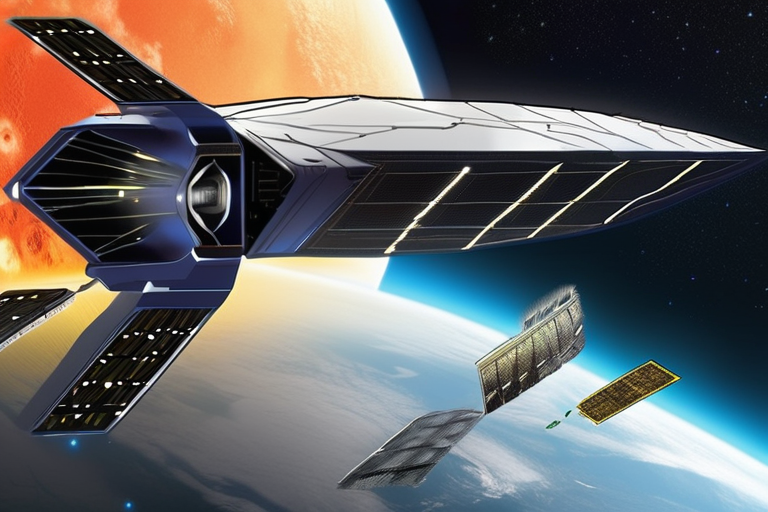
Share & Engage Share
Share this article